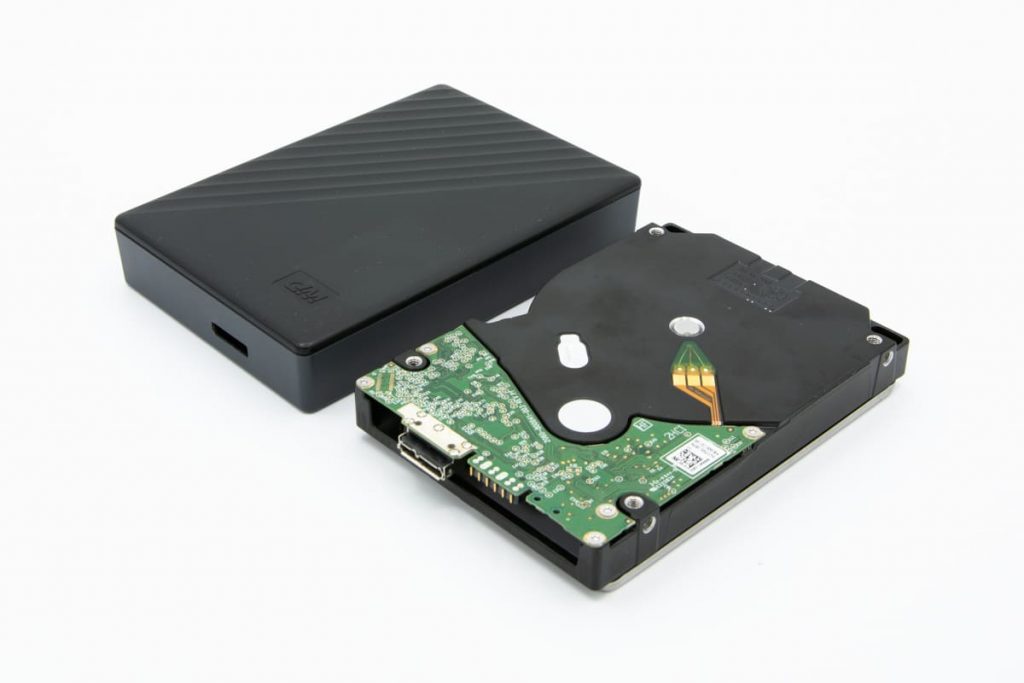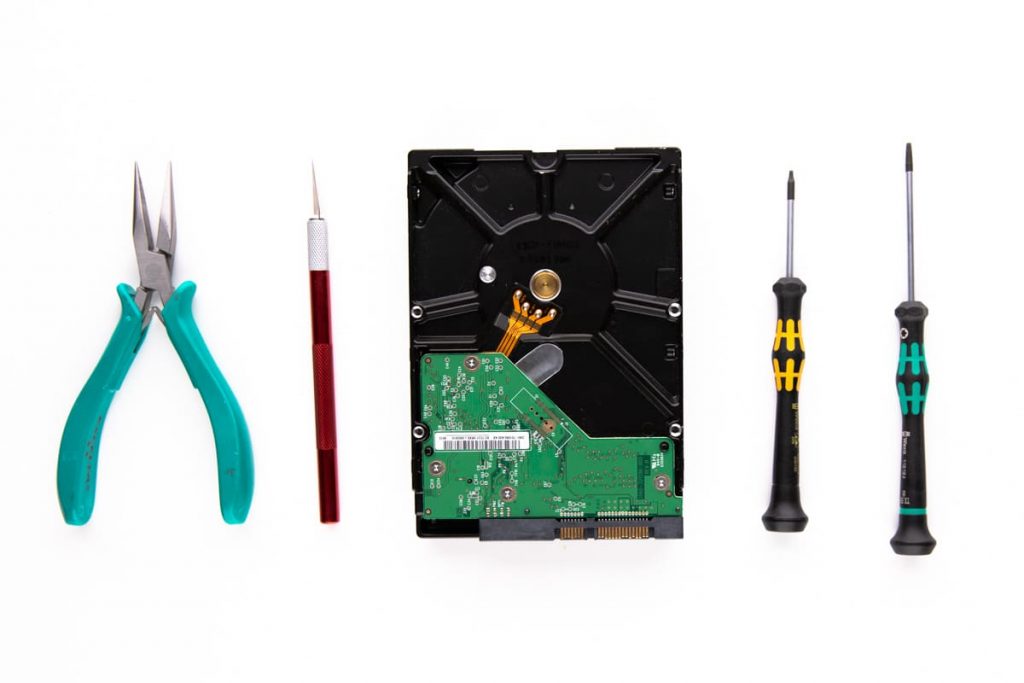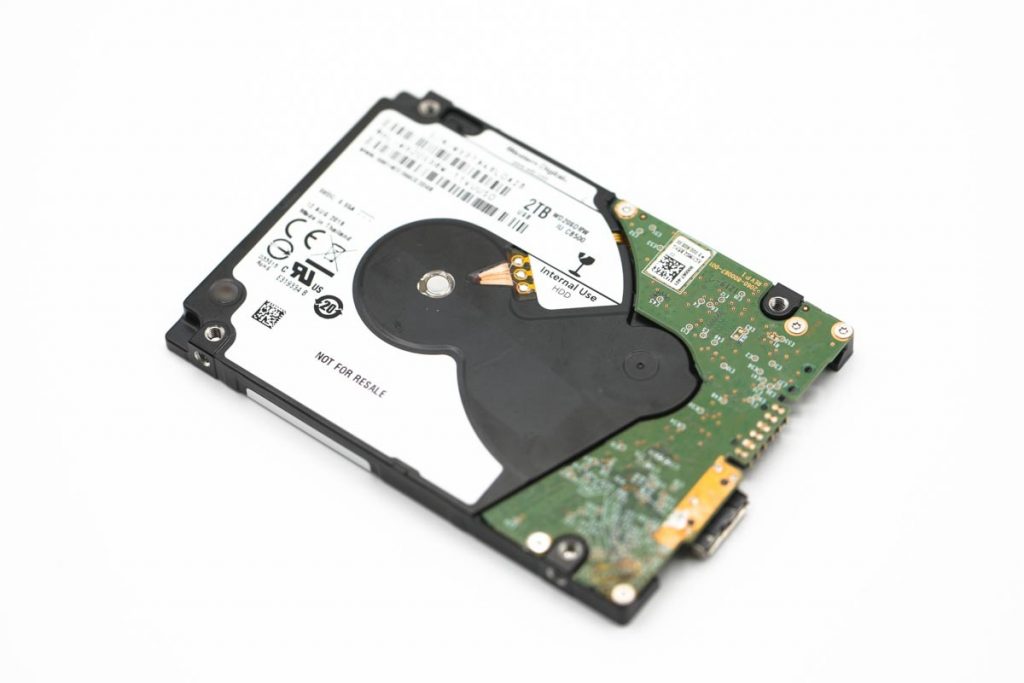Hard drive not showing up is a common issue many computer users face, often causing significant distress and confusion. This problem can occur for various reasons, from software issues to hardware malfunctions. This blog post delves into the multiple causes of this vexing issue and provides comprehensive solutions to get your hard drive showing up and functioning as it should.
Hard Drive not Showing Up - Why it happens?
Hard drives not showing up can result from numerous factors, one of the most common being incorrect settings or configuration in the system BIOS. For instance, if the hard drive mode in the BIOS settings is incompatible with your operating system, it can prevent the drive from being recognized.
Another common cause is a faulty or outdated driver. Like any other hardware component, hard drives require appropriate drivers to communicate effectively with the system. If these drivers are missing, outdated, or corrupted, the hard drive may not show up.
Hard drives not showing up can also be due to physical issues. If the hard drive has been physically damaged or has been corrupted due to wear and tear, it may not show up in the system. Additionally, connection problems, such as a loose cable or a faulty port, can prevent the system from detecting the hard drive. In the following sections, we will delve into these common reasons in more detail, providing comprehensive solutions to tackle each scenario.
Another common cause is a faulty or outdated driver. Hard drives require appropriate drivers to communicate effectively with the system like any other hardware component. If these drivers are missing, outdated, or corrupted, it can lead to the hard drive not showing up.
Hard drive not showing up can also be due to physical issues. If the hard drive has been physically damaged or has been corrupted due to wear and tear, it may not show up in the system.

Additionally, connection problems, such as a loose cable or a faulty port, can prevent the system from detecting the hard drive. In the following sections, we will delve into these common reasons in more detail, providing comprehensive solutions to tackle each scenario.
Reasons for Hard Drives not Showing Up
Before diving into the reasons why a hard drive may not show up, it’s crucial to understand that internal and external factors can play a role. Understanding these potential causes will provide a solid foundation for effective troubleshooting and problem resolution.
Hard Drive is not Connected
The reason for the hard drive not being recognized can be a wrong connection. A faulty SATA or USB cable is another cause of hard disk drive inaccessibility. So, to access your files, you should check if you connected the drive correctly or try another USB or SATA cable for your appliance.
Hard Drive Physical Failure
This device is fragile, and external damage can easily affect its moving parts. If the hard drive is physically or mechanically damaged, it will stop being recognized by the computer. Hence, if the device is damaged by dropping, liquid, or power supply failure, access to the data will be lost.
Hard Drive Corruption
If the file system of your hard drive becomes corrupted, then you will not be able to access your data. This logical data failure can cause the "hard drive not detected" message. A user can be offered to format the drive or create a new volume.
Outdated Drivers Issue
An outdated driver is a reason for external hard drive inaccessibility. If your drivers are incompatible, external devices will stop showing up on your computer. You need to update the drivers to solve the problem.
Partitioning and Drive Letter Problems
The hard drive may not appear due to incorrect partitioning or missing drive letters. It can happen when using a new hard drive or after changing your system's disk management settings. Re-partitioning or assigning a drive letter to the hard drive can solve the problem in such scenarios.
Virus or Malware Infections
Lastly, physical damages to the hard drive, such as scratches or dents, can render it unusable and cause it not to show up on your system. Data recovery services or replacing the hard drive may be the only solution in these cases.
What to Do if the Hard Drive is Not Recognized
Hard drive inaccessibility is a stressful event, and each user reacts to it differently. Some people contact a reputable data recovery company immediately, and others decide to take matters into their own hands. The second option, however, can be risky, as it will cause more harm than good.
There are many recovery options on the Internet, including repair tutorials and data recovery software. However, opening the HDD and working on it in unspecialized facilities is very dangerous for your valuable files.

So, before taking significant action to restore data from an inaccessible internal or external drive, you should follow several steps.
First, you must ensure that the problem is with your hard drive. A cause of hard drive inaccessibility can be hidden in faulty cables or malfunctioned computers. So, by properly connecting your HDD to another computer, you can estimate the reason for inaccessibility.
Then, you should closely monitor the performance of your hard drive. If you hear that the disks are spinning without making any sounds, the cause of inaccessibility is a firmware problem. However, hearing a whirring, grinding, or clicking sound from your device can be a bad sign.
Hence, the last step is contacting an experienced hard drive data recovery provider.
What to Do When Your External Hard Drive Fails
An external hard drive is useful for storing data, but like any tech, it can fail. Physical damage or software issues can cause it to break, resulting in inconvenience and potential data loss. In this guide, we’ll explain how to handle a failing external hard drive. If your external hard drive is not showing up, take these steps to avoid worsening the problem. Here’s what to do:
Stop Using the Drive Immediately
Extended use may lead to further damage. Please safely disconnect the hard drive from your computer.
Check the Connections
Ensure the cable and ports are working. Sometimes, it’s just a loose connection or a faulty USB port.
Listen for Unusual Sounds
Clicking or grinding noises may indicate mechanical failure. Avoid powering up the drive repeatedly.
Try Another Computer
Connect the drive to a different computer to rule out problems with your current system.

Avoid Using Inappropriate Software Tools
Using the wrong data recovery software can worsen the problem. Only use reputable and recommended tools.
Avoid DIY Repairs
Opening the drive yourself can void warranties and cause irreparable damage. Seek professional help if needed.
Seek Professional Help
If these steps don’t work, consult professional data recovery services. They have the tools and expertise to recover data from failed drives.
New Hard Drive not Showing Up - Tips
“New Hard Drive not Showing Up” can understandably be a source of frustration for many users. However, it’s important to remember that even new devices can encounter issues due to factors like incorrect installation and system compatibility. Here are a few tips to troubleshoot this problem:
Check the Disk Management
New hard drives need to be initialized before they can be used. Open Disk Management by right-clicking Start and selecting “Disk Management,” then locate your new hard drive. If it is listed as “Unallocated,” you’ll need to initialize and format the drive.
Update Device Drivers
Make sure that your device drivers are up-to-date. This can be done by going to “Device Manager” in the Control Panel, right-clicking on hard disk drives, and selecting “Update Driver.”
Check the Data Cable
Ensure that the data cable connecting the hard drive to the motherboard is properly connected and not damaged. If in doubt, replacing the cable can rule out this potential issue.
Why Choose PITS Global Data Recovery Services
Leveraging extensive expertise, PITS Global Data Recovery Services provides reliable solutions for recovering data from external and internal hard drives. Our engineers can work on any hard drive type, brand, and model. We also work with various file types and operating systems.
Start your case with our highly-qualified engineers by filling out the form below or calling (888) 611-0737. Provide all the available information about your data loss case, and our team will help you in any way we can.
Frequently Asked Questions
Why is my new hard drive not showing up in Disk Management?
If your new hard drive is not showing up in Disk Management, it could be due to hardware issues such as improper connection or a faulty data cable. Ensure that the hard drive is correctly connected to the motherboard and try replacing the cable to rule out these possibilities.
How can I update my device drivers?
You can update your device drivers by going to “Device Manager” in the Control Panel. Click on “Hard Disk Drives”, then select “Update Driver”. Follow the prompts to update your drivers.
What should I do if my hard drive is still not showing up after updating the drivers?
If your hard drive is still not showing up after updating the drivers, it may be due to a problem with the hard drive or other hardware issues. Consider consulting a professional for further diagnostics and potential data recovery.
Can software issues cause my hard drive not to show up?
Yes, software issues such as an outdated or corrupt device driver or problems with disk management settings can prevent your system from recognizing the hard drive.
Is it possible for a brand-new hard drive not to show up?
Yes, even new hard drives can encounter issues due to incorrect installation and system compatibility. Always ensure proper installation and check system requirements to prevent such issues.
